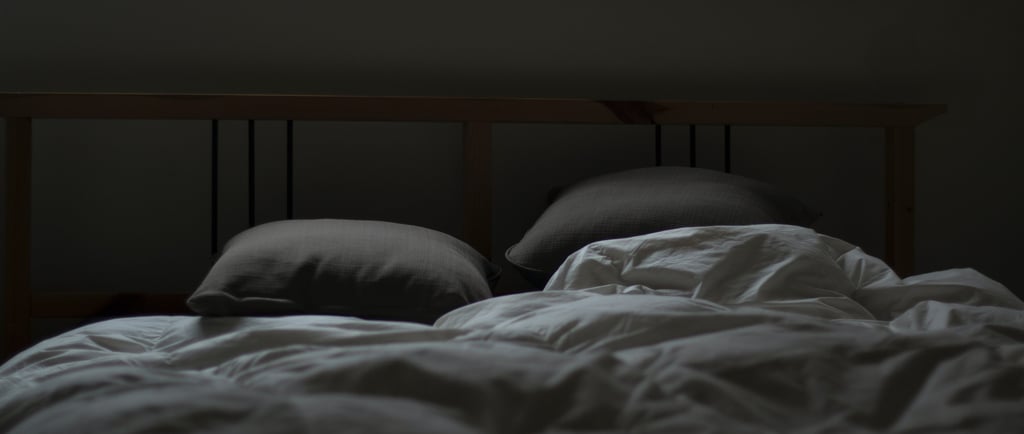Looking for the Seams in "My Year of Rest and Relaxation"
My first blog post and thoughts on Ottessa Moshfegh's well-seamed novel.
PUBLISHED


Hello, welcome to my blog to show prospective authors who I am as a writer and editor, and to put my almost complete college degree to use so I can state my opinions on media with style.
Ottessa Moshfegh has added a novel to the top-tier section of my bookcase back home. My Year of Rest and Relaxation is just the amount of snark mixed with insight that makes literary fiction my favorite genre. It is a novel filled with an unreliable narrator taking pharmaceutical after pharmaceutical, supplied by the world’s biggest quack psychiatrist, in order to complete her quest of sleeping for a year in order to start anew, and I couldn’t get enough of it. I’ve read quite a few reviews calling it many words that rhyme with vapid, and all of them gave me the urge to defend this literary ace in the name of not understanding the point or valuing irony. Also, interestingly enough at least one has called the novel out for taking the recent and highly publicized feminine rage trope and pushing it “too far”, calling the main character unlikeable. This brings me back to my point about not valuing irony or understanding the point.
Something that always starts unraveling in my mind when consuming media of any kind is how it got pieced together. Did the character come before the need for comedic relief or was he created in order to bring it to the piece? This was a question that followed me throughout my reading, and in the end, I was fed. The last scene being the tragic moments caught on video of the Twin Towers falling on September 1st, 2001 of people jumping from windows, which like most of this novel, juxtaposes the miserable nature of the moment with the sardonic tone of the narrator. The main character infers that one of those people is in fact her old best friend, and this brings my thoughts about where the seam of this novel is placed to a full circle. It is, oddly, very easy to believe that the far-off idea of a character arc featuring a pill-addled, rail thin, blonde blacking out through the streets of New York City on the edge of the century came from a single devastating moment from our reality.
This review wouldn’t be complete without talk of the main character, who remains nameless, but absolutely not without leaving a mark on me. Everything in the book, especially the setting goes to show two things above all else, her privilege and her pain, which pair together like green olives and a wedge of stinky cheese, pretentious but salty enough to entertain. She glazes over her emotionally distant parent’s almost simultaneous deaths, never considering her obvious need for attention from her toxic older boyfriend, and holds her best friend on a string never dismissing but always punishing her for being the last one standing in her life. She revolves in a world that caters to her as a rich white woman in the big city, allowing her to ignore the pain she is in and the emotional turmoil that has moved her to fulfill the plot of the novel, to sleep for a year. This in itself is the biggest irony in the novel, and it spawns great (for the entertained reader not for our main character) moments like her decision to use the bathroom on an installation in her place of work, crafted by an artist who would later be her greatest ally in her sleep project, in order to fully show her commitment to ending her time at that gallery and her disdain for the art displayed. She showed her absolutely deteriorated mental state not even halfway through the book as well as both the emotion hiding underneath and the privilege she flaunts.
Before wrapping my first review on this blog, I wanted to pause and take a moment to applaud Moshfegh for her use of setting. It’s rare for me to see such vivid use of setting in a book set in our world, that being not science fiction, fantasy, and the like, she crafts such a dank but expensive image of the main character's apartment, a homely basement in the best friend’s family’s house, and a stale bodega supplied with everything she needs to survive hibernation. Each scene's setting adds to the needed tone, and it’s inspiring for my own work.
Anyways, this novel really highlighted my love for women characters who brave the path they’ve been called on, even if that path is absolutely twisted, and walk each step with wit for days and completely unearned confidence. She was willing to throw everything away in her life and fill herself with an uncountable amount of drugs in order to craft a life unreachable before, despite that act being filled with entitlement and brain worms (a totally legitimate term), it’s not all that insane. Who hasn’t wanted to take a very long nap in order to see the world differently, more brightly, after?
